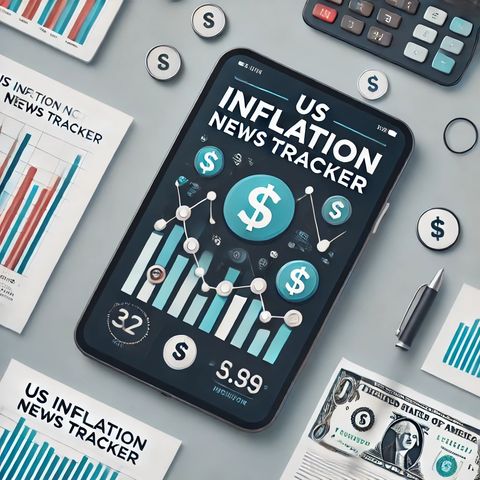11 NOV 2024 · The global financial markets are experiencing a moment of heightened anticipation as traders gear up for the release of the U.S. inflation data for October, which holds significant implications for economic policy and currency valuations. This data release is expected to provide insights into the current trajectory of price levels within the economy, offering investors and policymakers a clearer image of underlying economic conditions.
In recent weeks, the U.S. Dollar has experienced considerable fluctuations, buoyed by various economic factors and geopolitical developments. The Dollar index, which measures the greenback against a basket of other major currencies, recently climbed above the 105.00 mark. This upswing has positioned the Dollar to potentially test higher levels, contingent upon the upcoming inflation data.
The U.S. inflation figures are pivotal for multiple stakeholders. For the Federal Reserve, the central bank in charge of monetary policy, inflation data is a key indicator that influences decisions on interest rates and other economic levers. High inflation may prompt the Fed to consider tightening monetary policy to curb price rises, while lower-than-expected inflation could allow for the continuation of a more accommodative stance, supporting growth.
Meanwhile, the political landscape also plays a role in the economic outlook. Former U.S. President Donald Trump recently secured a key swing state, a move that, although largely symbolic given the current political context, has caught the attention of market participants. Political dynamics, including shifts in leadership and potential changes in economic policy, can influence market sentiment and currency valuations, contributing to the uncertainty that traders are currently navigating.
For global markets, the implications of U.S. inflation extend beyond American borders. A strong U.S. Dollar, driven by expectations of higher interest rates, can have ripple effects, especially in emerging markets that may face increased costs for dollar-denominated debt. Investors around the world keenly watch these developments to adjust their portfolios accordingly, seeking to hedge against risks while capitalizing on potential opportunities.
In the coming days, analysts and economists will be closely scrutinizing the inflation report to gauge its short-term impacts and its longer-term implications for the U.S. economy. Particular attention will be given to core inflation figures, which exclude volatile components such as food and energy, providing a clearer view of sustained price changes.
As the release of the inflation data approaches, market volatility may increase, reflecting traders' repositioning in anticipation of policy shifts. The outcome of this economic data could either reinforce the current trajectory of the U.S. Dollar or reverse its momentum, depending on the narrative it establishes about future inflationary pressures.
In conclusion, the forthcoming U.S. inflation data stands as a crucial determinant of economic policy and market direction. Its expected impact on the U.S. Dollar, and by extension, broader financial markets, underscores the interconnectedness of global economies and the constant interplay between data, policy, and investor sentiment.


